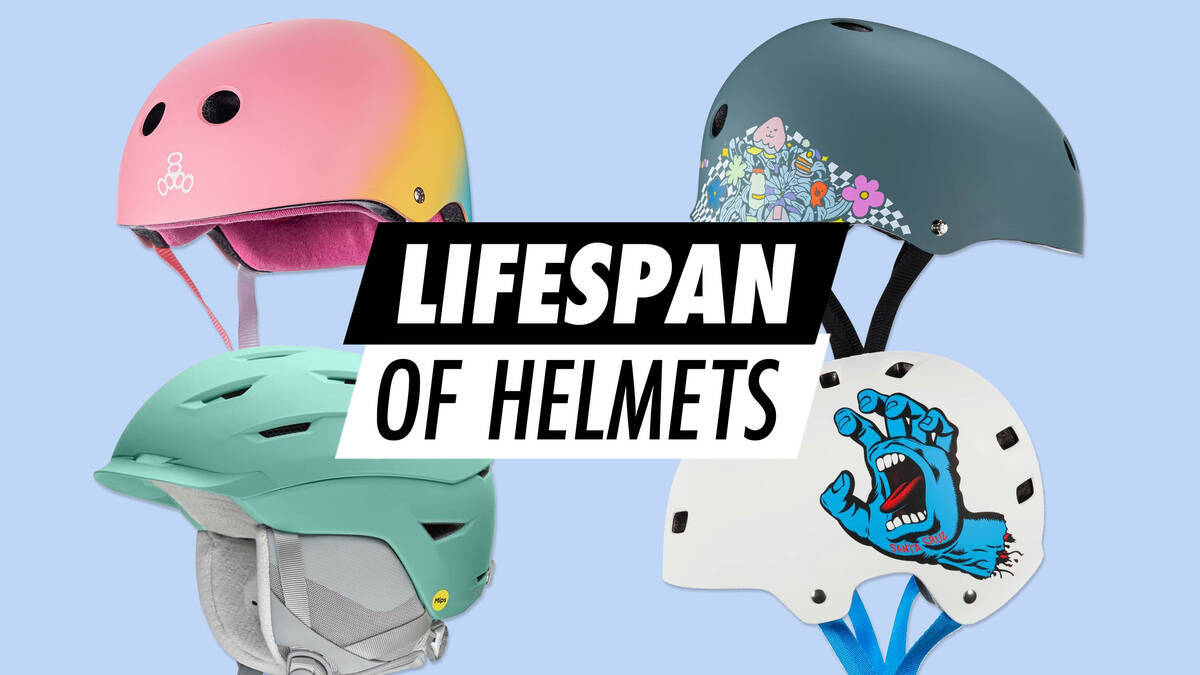Helmet Longevity

If your helmet is cracked or dented, it's time to replace it. Ensure that the buckle, straps, and any size-adjustment mechanisms remain unbroken.
Whether it’s a bike or skate helmet, these do not endure indefinitely. Therefore, recognising damage and general wear is crucial, as they impair the helmet’s protective function.
When is it necessary to get a new helmet?
Any cycle or skate helmet should be exchanged following a significant impact, even in the absence of apparent damage. Internal fractures might exist without being observable. Additionally, sweat can degrade the foam used in the helmet's shock-absorbing inner layer. If there are signs of wear or cracking in the foam, replacing the helmet is advisable.
For regular usage, it’s advised to replace your helmet every five years.
Since children grow over time, ensuring their helmet continues to fit and protect well is also essential.
How should I inspect my helmet?
Affirmative responses to any questions below suggest that your bike or skate helmet is compromised and needs replacing.
- Is the outer shell cracked, scraped, or dented? Check the outer shell. A faded colour might signify that UV radiation and wind have weakened the plastic, necessitating a helmet replacement.
- Are there ageing signs or cracks in the inner shell? Rotate the helmet, remove the padding, and assess the inner shell.
- Are the buckles and straps malfunctioning? Verify that the buckles fasten securely and the straps remain intact and free from harm.
- Is there difficulty adjusting the size-adjustable system? Some helmets have a rotary buckle at the rear for a customised, comfortable fit. If this mechanism is ineffective, you should replace the helmet.
